Podcast: Play in new window | Download
Also available at iTunes.
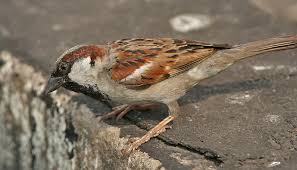
Story Notes: House sparrows, rock pigeons, and red-tailed hawks are three bird species that have successfully—and very visibly—adapted to life in cities. Yet as the number and the size of cities across the globe continues to grow, more birds find themselves dealing with the challenges and the opportunities of urban life. While some species find ways to take advantage of living near humans, up to a billion birds die each year after flying into glass buildings, according to the American Bird Conservancy. Architects, engineers, and planners in some cities are working to make the built environment more bird friendly, adapting to the needs of our feathered neighbors.
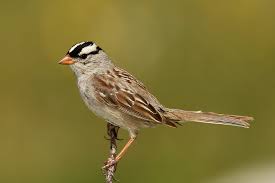
This podcast episode, produced by Philip Silva, checks in with Kim Todd, a science journalist and the author of Sparrow, a book that explores the social and natural history of a tiny bird with an oversized representation in poetry, song, and theater from the past two thousand years.
We hear from Dr. Christine Sheppard, a scientist with the American Bird Conservancy and co-author of the organization’s Bird-Friendly Building Design guidelines. While Todd’s writing investigates the ways different bird species are adjusting to human habitats, Sheppard’s book—co-written with TNOC contributor Glenn Phillips—collects insightful examples of buildings purposefully designed to make urban life easier for birds.
Finally, we hear from Jennifer Sánchez Acosta, an environmental educator at Parque La Liberated in San José, Costa Rica, where the first annual Urban Bird Festival recently introduced city dwellers to more than fifty bird species found within city limits. Educators at Parque La Liberated hope that residents of San José can grow to appreciate the diversity of birds living alongside them—and, perhaps, take steps to help make the city more bird friendly over time.


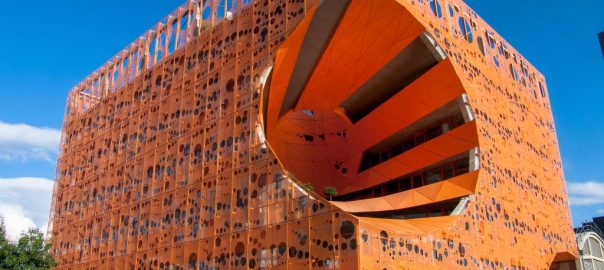







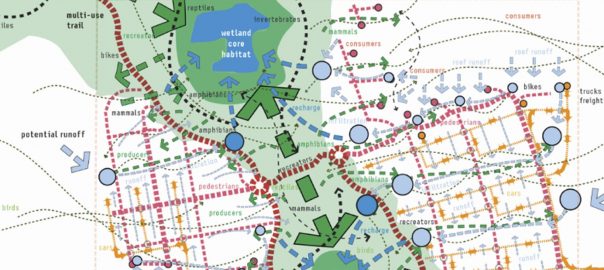
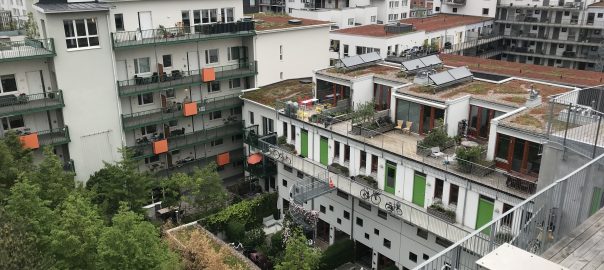

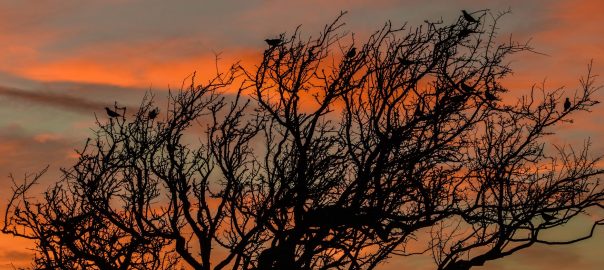
I used to take my grand children to feed ducks in the urban parks in Adelaide. We also watched old people surrounded by the birds who knew and trusted them.
After notices banning such feeding were installed everywhere they have lost interest in the parks and few children are found there. The notices explain that ‘white bread is bad for birds’ and that ‘they need to learn to look after themselves’ [like welfare recipients?]. I understand that feeding pigeons in Trafalgar Square was banned because of the ‘damage they did to the window ledges of old buildings’.
Surely dispensers of packets of seed can be provided, and spikes installed on window ledges. How can we teach a love of nature and the need for humans and animals to coexist, if this kind of segregation is enforced?
Wonderful introduction to the many issues facing urban birds! Each issue would be a fascinating podcast in itself. Well done!
Coincidentally, the Wildlife Habitat Council is hosting a webinar on bird/building collisions today, August 10, 1:00 p.m. EDT. A recording will be available following the webinar. the live webinar and the recording are both free of charge.
http://www.wildlifehc.org/knowledge-resource/when-birds-and-corporate-habitats-collide/